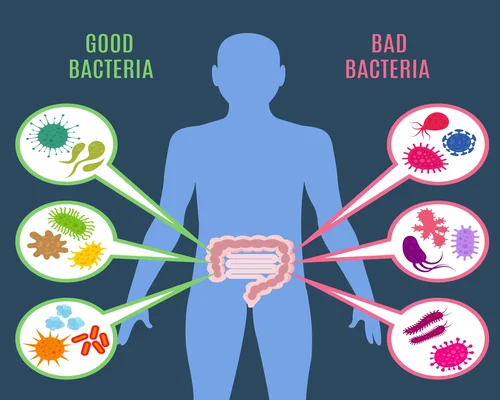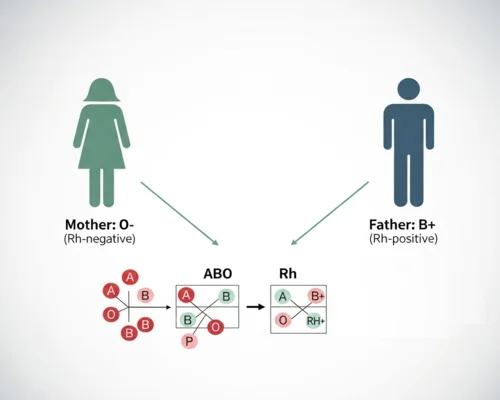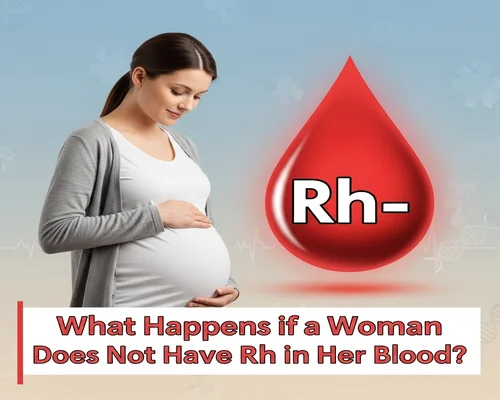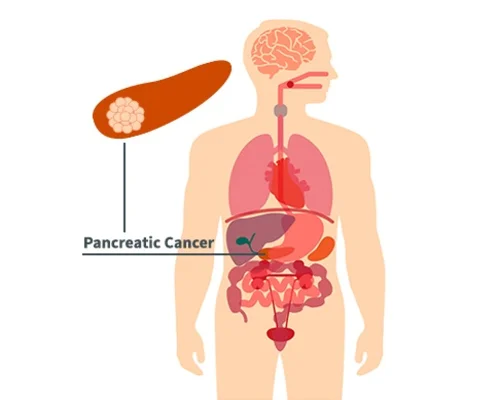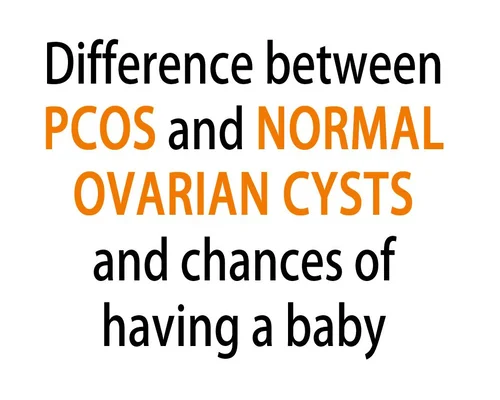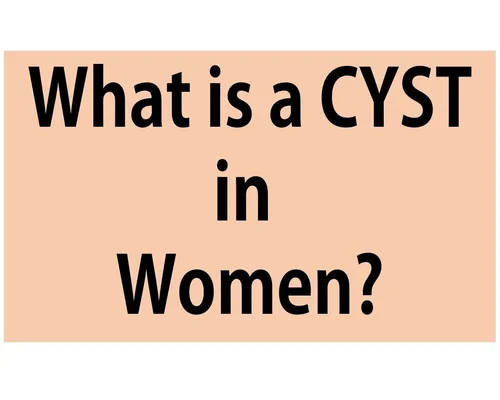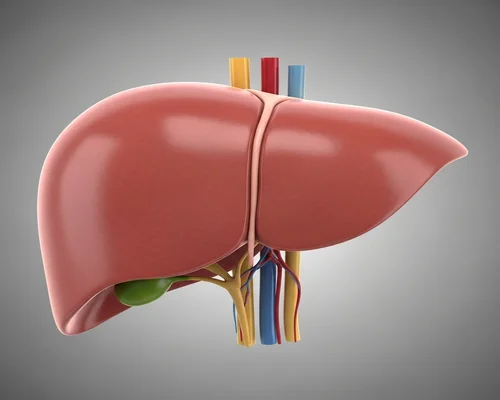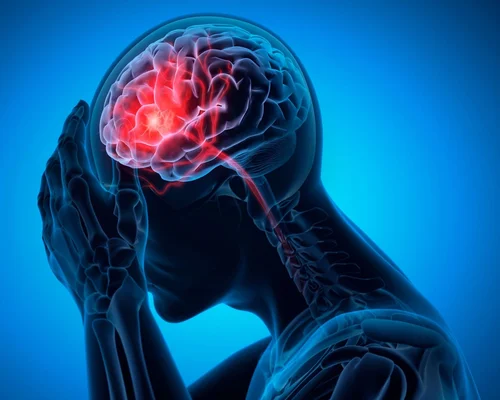
What is a brain aneurysm? Symptoms, causes, risks
What is a brain aneurysm? Symptoms, causes, risks
A brain aneurysm is a weak, swollen blood vessel in the brain. It usually causes no symptoms, but if it ruptures or becomes large enough to put pressure on nerves, it can cause severe headaches, vision problems, or other serious complications. A ruptured brain aneurysm is a life-threatening condition that requires emergency medical treatment.
If you suffer from occasional headaches, beware!
A brain aneurysm is a silent but dangerous problem. When an artery in the brain weakens, it can rupture and cause serious brain bleeding. Some symptoms appear early, which can be treated in time if detected, learn more...
Symptoms
When an aneurysm ruptures: Sudden and severe headache, often described as "the worst headache of your life."
Early signs of a ruptured aneurysm:
Eyelid drooping or difficulty opening the eye.
Vision problems, such as double vision.
Dizziness.
Ringing in the ears.
Pain, low blood pressure, and rapid heartbeat (if the aneurysm ruptures).
Causes
Weakening of the blood vessel wall.
High blood pressure.
Head injury.
Infection.
Risks
Usually, aneurysms smaller than 7 millimeters are less dangerous.
However, in some cases, even small aneurysms can rupture, especially in parts of the brain.
We often ignore headaches, take painkillers, and go back to work. But did you know that these common headaches can sometimes be a sign of a serious condition like a brain aneurysm?
Who is at higher risk?
Those who suffer from high blood pressure. Smoke and drink excessively. People between the ages of 40 and 60 who have a family history of brain aneurysms. People who have hormonal imbalances or have had a head injury.
Treatment
For ruptured aneurysms: Emergency admission to a specialized hospital is required.
Treatment methods:
Usually surgery or endovascular (treatment through blood vessels) methods are used.
These methods include coiling and clipping, which stop bleeding.
If the aneurysm does not rupture: Observation or treatment may be needed as recommended by your doctor.


